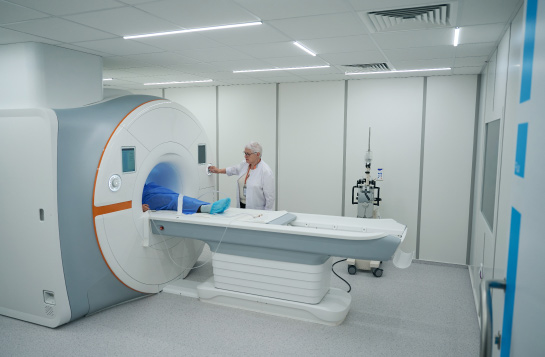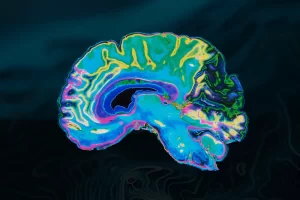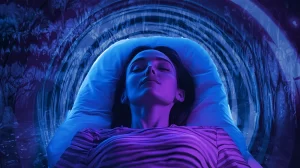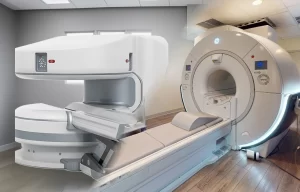If you consider whether a CT scan is necessary, this article will provide you with the necessary information. It will explain a CT scan, how it works, and what to expect during the procedure. Additionally, you will learn about the various types of CT scans available, including those with contrast and those without it
CT Scans:
CT scans, or CAT scans, are conducted to obtain a detailed image of the body’s internal structures. In some cases, a contrast medium is administered to enhance the visibility of the images. This contrast medium can be given orally as a drink or injected through a small tube into the arm, where it remains until the doctor completes the scan. To ensure you receive a reliable and accredited service, your healthcare provider can recommend a facility, or you can check with the American College of Radiology for accredited radiologists.
CT scans employ computer technology to create multi-slice images of the body, enabling the detection of structural issues and abnormalities in various body parts. Common types of CT scans include the chest, abdomen, and head. These scans are usually quick, require little or no anesthesia, and can even detect lung cancer. While CT scans are generally painless and noninvasive, they do expose patients to a small amount of radiation.
CT Scan of the Chest:
When a patient experiences chest pain or difficulty breathing, doctors may order a chest CT scan to get a detailed view of the lungs. It helps diagnose various lung conditions, such as aortic aneurysms, emphysema, and lung cancer.
CT Scans with Contrast:
CT scans with contrast involve using a contrast agent, a liquid given to the patient through a thin tube in the arm, which helps enhance the visibility of body tissues. Sometimes, patients may take an oral sedative called Buscopan before the scan to alleviate muscle spasms.
While contrast material is generally safe, some individuals may be allergic to it and experience mild itchiness or rash. In rare cases, severe reactions can be life-threatening. As a precaution, healthcare providers monitor patients after the CT scan to check for any reactions, and patients should inform their doctor of any medication that might cause allergies.
CT scans are highly accurate diagnostic tools, allowing doctors to examine the head, neck, chest, pelvis, and abdomen—different tissues in the body exhibit varying degrees of natural contrast, which improves image quality. However, specific soft tissues, especially those near blood vessels, can be challenging to visualize clearly, so contrast imaging is often employed to improve their visibility.
For CT scans requiring contrast material, it is essential to note that this material is not a dye but blocks X-rays and appears white on the images. However, some individuals may have allergies to the contrast material.
Doctors commonly administer contrast through an intravenous (IV) line inserted into a lower spine or arm vein. This IV line remains in place until they finish the scan. Patients might experience a brief flushing or a metallic taste due to the contrast agent.
Individuals with kidney problems should inform their doctors before having a CT scan with contrast, as certain contrast materials can affect kidney function. Doctors may prescribe extra fluids and medications to help the kidneys eliminate the contrast agent safely.
Before a CT scan with contrast, patients should follow specific dietary guidelines during the four hours leading up to the procedure. Doctors recommend clear liquids like black tea, broth, and ginger ale to prevent nausea caused by the contrast agent. Additionally, oral diabetes medications should be avoided 48 hours (about 2 days) before the scan.
At Tesla MRI, we have an open MRI and take same day and cash patients. Call 833 TESLA-MRI for more information.




